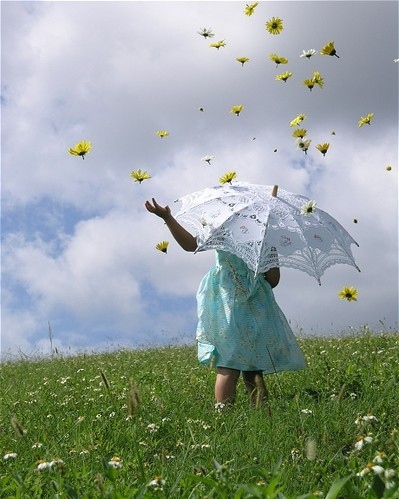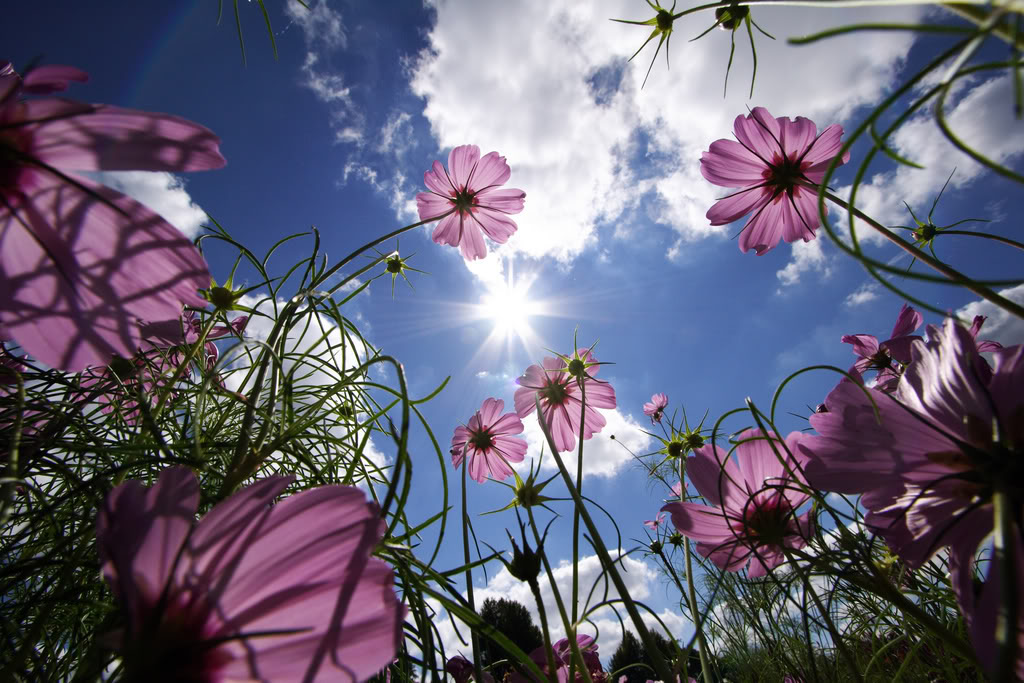The allergies in children are a large group of conditions manifesting at the contact with allergens either from the environment, living space, or a specific kind of food or drugs. Breathing pathways allergies can be either seasonal or non-seasonal. The non-seasonal (perennial) allergies occur all year round and they include: allergies to dust, mould, mites, dog or cat hairs. The season of allergies is related to plant pollens and can be allergies to grass, tree and flower plants pollens. The pollen season in Serbia lasts from the end of February to the end of November. The allergies caused by tree pollens in early spring, grass pollens in late spring time, weed pollens in late summer and fall/autumn. The allergy symptoms are less pronounced during rainy periods and more pronounced in the warm and windy periods, so that spending time outdoors is to avoid.
The spring allergies affect breathing pathways and are widely spread among children in the last few years. The predisposition to allergies is usually inherited from parents, especially mothers. The allergic reactions to pollens can manifest as secretion and congestion, eye redness and sneezing. In genetically predisposed children with graver clinical picture bronchi obstruction or bronchial asthma occurs caused by environmental allergens. Upon setting of the diagnosis and beginning of the medicament therapy prescribed by a child physician, the child already feels better after a few days. In spite of the recovery, it is necessary to continue the therapeutic regime for several weeks more in consultation with specialist in child medicine as long as there are allergens are around. During each new season, a preventive therapy against allergic sneezing and rhinitis is to start before the first symptoms occur. The basic rule in allergy treatment is to avoid the contact with the allergen.
Food allergies are also very frequent in children. The most frequent allergens include: strawberries, yolk and white, honey, nuts, almonds, hazelnuts, peanuts and milk. When it comes to food allergies, mind that all kinds of foodstuff (victuals) can provoke allergic reactions, which especially concerns babies during solid food introduction period. The introduction of new victuals into a child’s dietary regime must be carefully planned. The food the child tastes for the first time is to be introduced in the morning hours which makes possible to follow the child’s reaction. The introduced food is to be given daily, at least three days in a row. It is also important to give victuals previously absent from the dietary regime – separately, never many of them in combination. The allergies to specific food can manifest as: gastro-intestinal troubles, such as nausea, vomiting, watery stools, blood streaks in the stool, skin alterations, urticaria are also frequent allergy manifestations, and in more serious cases a laboured breathing and anaphylactic shock may ensue.
Allergies are the present-day diseases that are to be timely detected and treated, so that, thanks to troubles relief, children’s life quality can improve..




